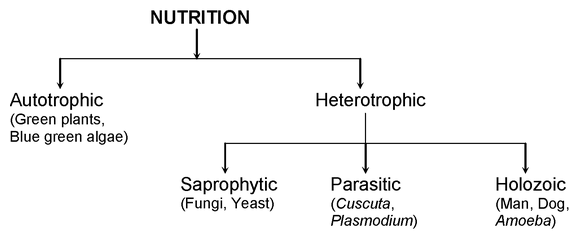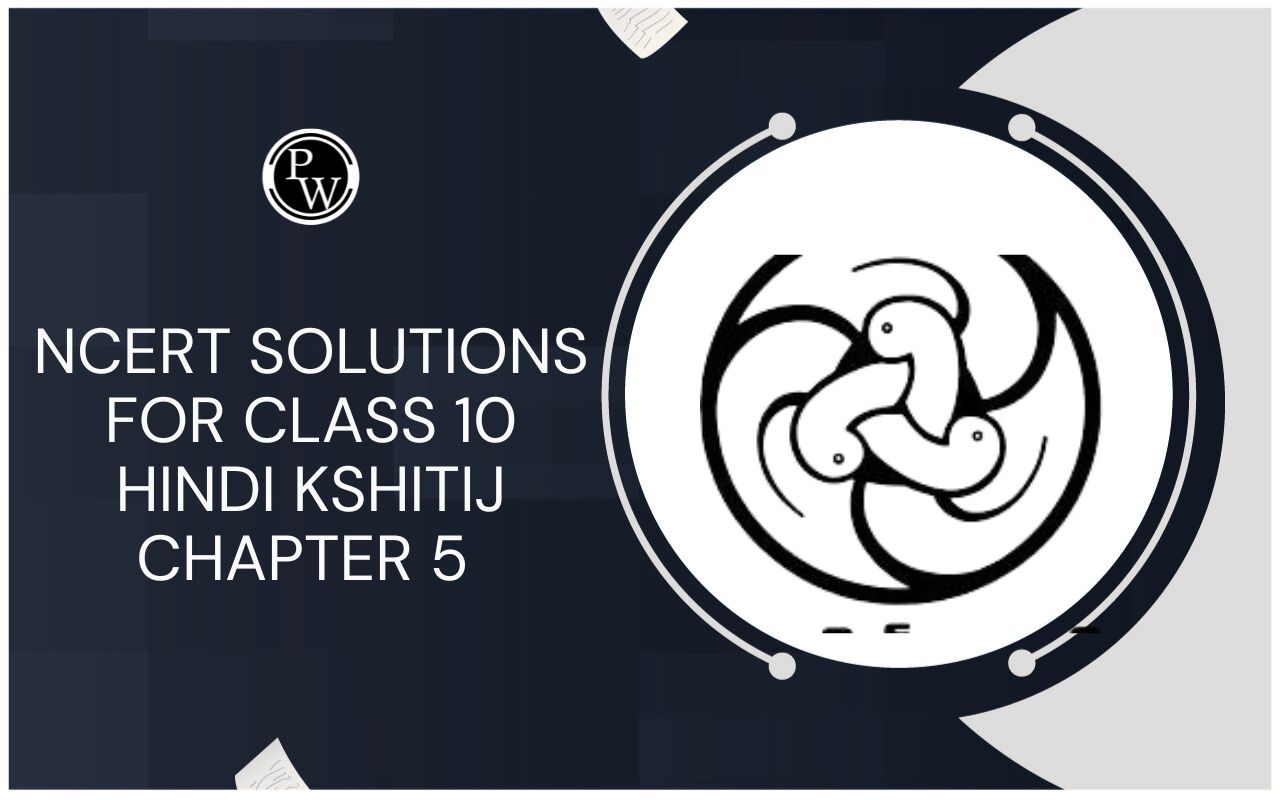
Modes of Nutrition
Life Process of Class 10
MODES OF NUTRITION
It is defined as the method or mode of obtaining food by an organism. These are of two types.

Autotrophic Mode of Nutrition
The word ‘auto’ means ‘self’ and ‘trophe’ means ‘nutrition’. Thus, autotrophic means ‘self nutrition’.
Autotrophic nutrition is that mode of nutrition in which an organism makes (or synthesizes) its own food from the simple inorganic materials like carbon dioxide and water present in the surroundings (with the help of sunlight energy).The green plants have an autotrophic mode of nutrition. The autotrophic bacteria also obtain their food by the autotrophic mode of nutrition.
Those organisms which can make their own food from carbon dioxide and water are also called autotrophs or producers.All the green plants are autotrophs (because they can make their own food from inorganic substances like carbon dioxide and water present in the environment).The autotrophic organisms (or autotrophs) contain the green pigment called chlorophyll which is capable of trapping sunlight energy.
Heterotrophic Mode of Nutrition
Type of Heterotrophic Nutrition
- Saprophytic : Saprophytes (animals that follow saprophytic nutrition) feed on dead and decayed organisms for energy. They play a crucial part of the ecosystem as they help to keep our surroundings clean and recycle nutrient back into the ecosystem. Some type of saprophytes are fungi and certain types of bacteria. These are also responsible for the staling of bread and different similar food products. Saprophytes release certain enzymes to act on the advanced organic matter. It works by breaking it down into its constituents, which might be easily consumed by them.
-
Parasitic :
Organisms that lives in or on other organisms and also acquire food of its host are known as parasites. Most parasites are harmful to the hosts health and sometimes, they even kill the host. Both animals and plants may serve as a host. Unlike commensalism, the parasite causes some harm to its host. A few examples of parasites are louse on a human head, Cuscuta plant.
Cymothoa exigua is an unusual parasite. It is also referred as the tongue-eating louse and is aptly named so as it is found in the mouth of the marine fish Lithognathus. It essentially serves the fish’s tongue, cutting off the blood supply and causing the tongue to fall off. The louse then attaches itself to the remains of the tongue and basically acts as the fish’s new tongue.
-
Holozoic : Holozoic nutrition involves the Ingestion and internal processing of solid and liquid food in an organism. This involves the steps of ingestion, digestion, absorption, assimilation and excretion. Ingestion is the intake of food, that is broken down into simpler organic matters by a process known as digestion. After extraction of helpful components, the unwanted and undigested particles are excreted out. Examples of animals that exhibit holozoic nutrition include all vertebrates. Even some unicellular organisms like amoeba also exhibit holozoic nutrition






